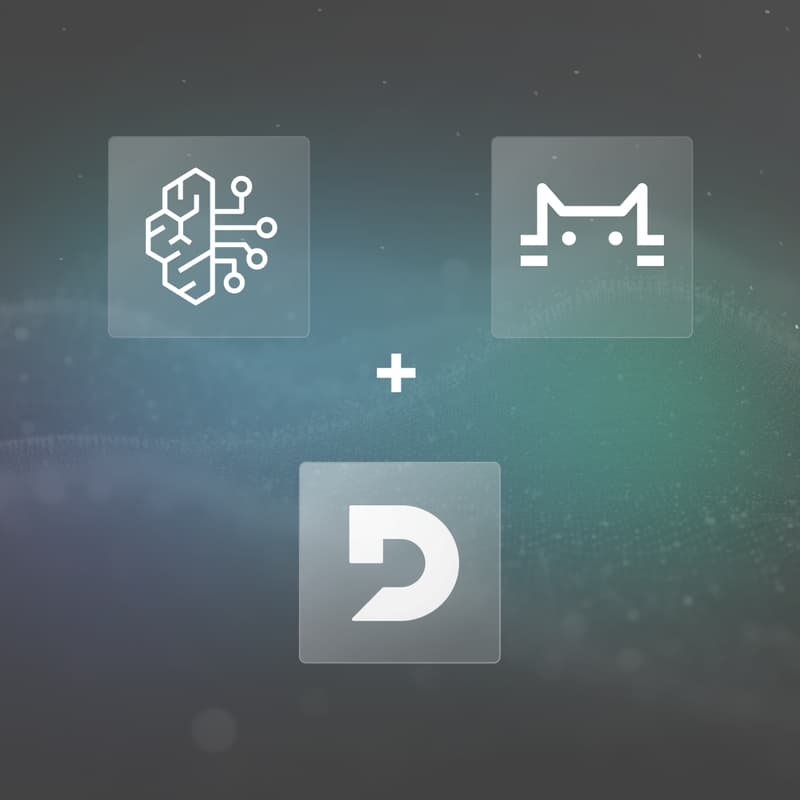

Build Production-Ready Voice Agents on Deepgram + Pipecat + AWS
A 90-minute builders workshop focused on hands-on implementation. If you’re building voice agents in Financial Services, Healthcare, or Contact Centers—or any industry where real-time conversations matter—this session is for you.
About the event
Modern voice agents need more than an LLM. In this live, builder-first workshop, engineers from AWS, Deepgram, and Daily/Pipecat show you how to assemble a production-grade voice stack:
Deepgram for ultra-fast, accurate STT and lifelike TTS
Amazon Bedrock for LLM reasoning and function calling
PostgreSQL + PGVector for RAG, function calling outputs, and general database queries
Pipecat to orchestrate the real-time voice loop (barge-in, turn-taking, state)
We’ll spend most of the 90 minutes building: you’ll see a working reference app, walk the code, and learn the deployment patterns you can copy into your environment.
What you’ll build / learn
Wire up Deepgram streaming STT → Pipecat loop → Bedrock for reasoning → Deepgram TTS reply
Ground responses with PostgreSQL + PGVector for RAG and structured lookups
Implement function calling patterns (e.g., verify account, schedule follow-ups, update records)
Choose deployment paths: hosted APIs, Bedrock integrations, or VPC/EKS self-hosting
Optimize for real-time UX (latency, barge-in, interruption handling, end-of-thought)
Who should attend
Builders across FinServ, Healthcare, and Contact Center—plus anyone building voice agents:
Product & engineering leaders, solutions architects, data/ML engineers, and platform teams.
Agenda (90 minutes)
00:00 – 00:07 Welcome & outcomes
00:07 – 00:20 Live demo: production-style voice agent (ASR → LLM → RAG → TTS)
00:20 – 00:35 Use cases + Architecture teardown (Pipecat loop, Bedrock models, Deepgram STT/TTS, Postgres/PGVector)
00:35 – 01:05 Hands-on build: wire the data layer (PGVector), function calls, and response shaping (30 min)
01:05 – 01:20 Hands-on build: deployment choices (hosted, Bedrock, VPC/EKS), observability & tuning (15 min)
01:20 – 01:30 Q&A + resources & next steps
We’ll optimize for live building; slides are minimal and shared afterward.
Speakers
Theresa Foy — Product Manager, Deepgram
Leads Deepgram’s Voice Agent capabilities across real-time STT/TTS and production readiness.Ayan Ray — GenAI Specialist, AWS
Helps enterprises design and deploy Bedrock-powered applications with governance and scale.Kwin Kramer — CEO, Daily/Pipecat
Creator of Pipecat; builds real-time media + agent orchestration for robust voice experiences.Sreejit Unny — Solutions Architect, AWS (PostgreSQL/PGVector)
Specializes in PostgreSQL + PGVector patterns for RAG, search, and function-calling workflows.
Format & prerequisites
Format: Live virtual workshop with code walkthroughs and copy-paste snippets
Nice to have: Basic familiarity with AWS and Node/Python; mic/headset for the demo
Resources provided: Slides, reference repo(s), step-by-step lab, and deployment notes
Takeaways
A working reference pattern for real-time voice agents on AWS
Clear recipes for RAG + function calling with PostgreSQL/PGVector
Deployment options to move from prototype → production fast
Register now to reserve your spot and get the repo + lab materials after the session.